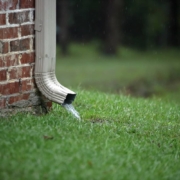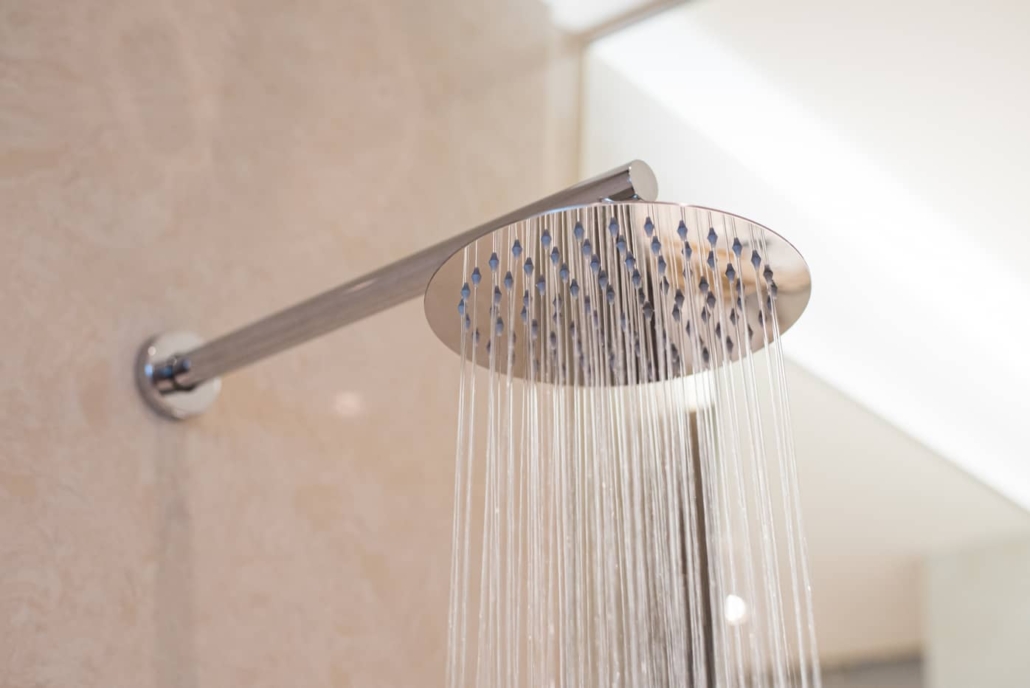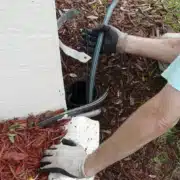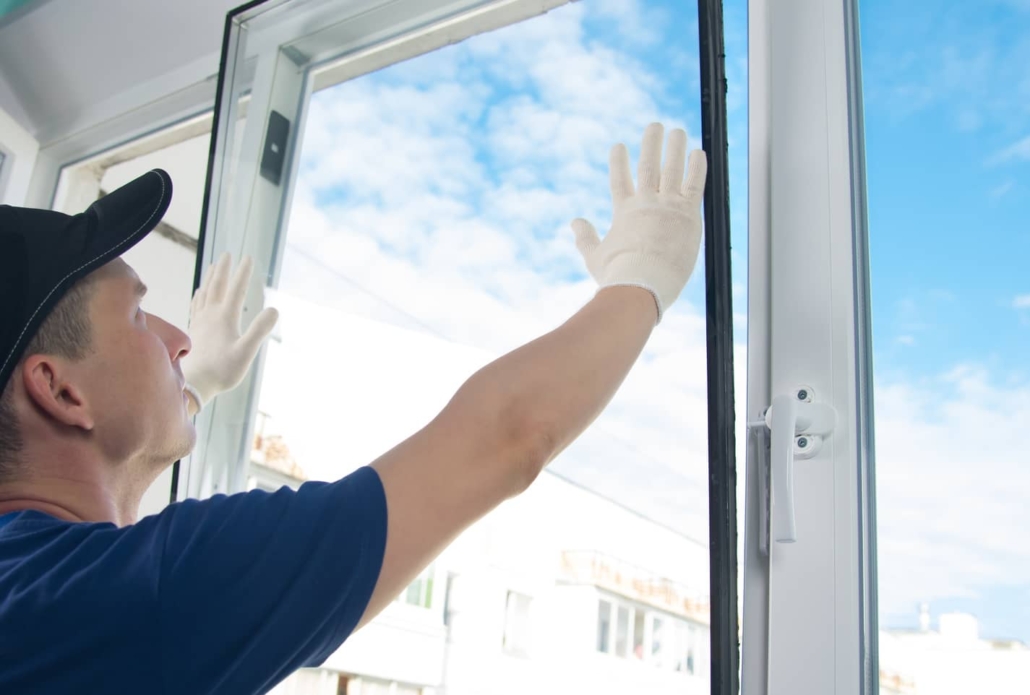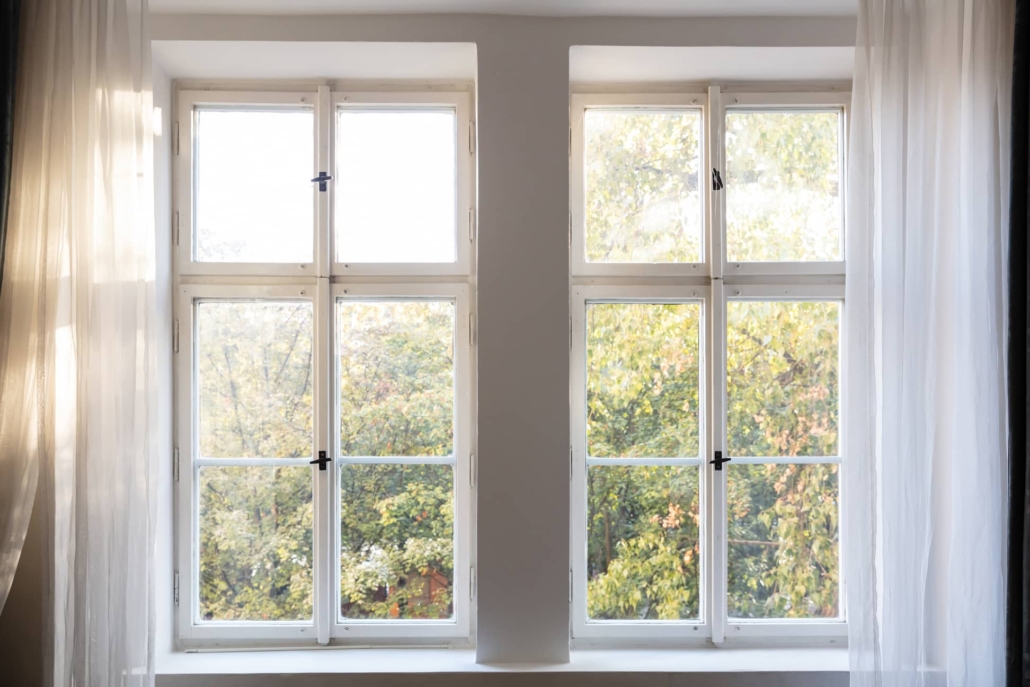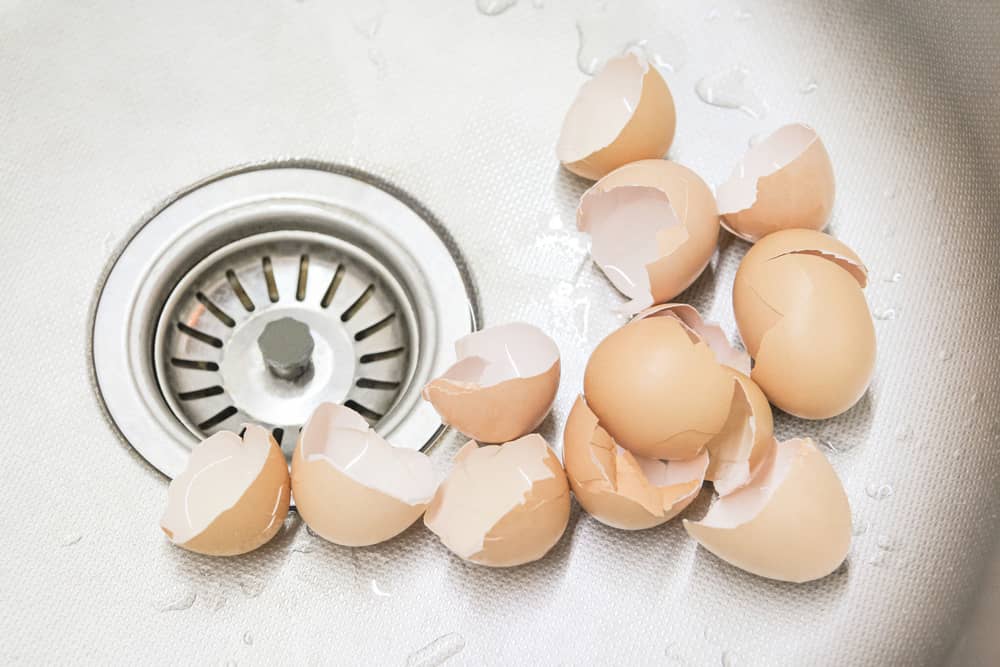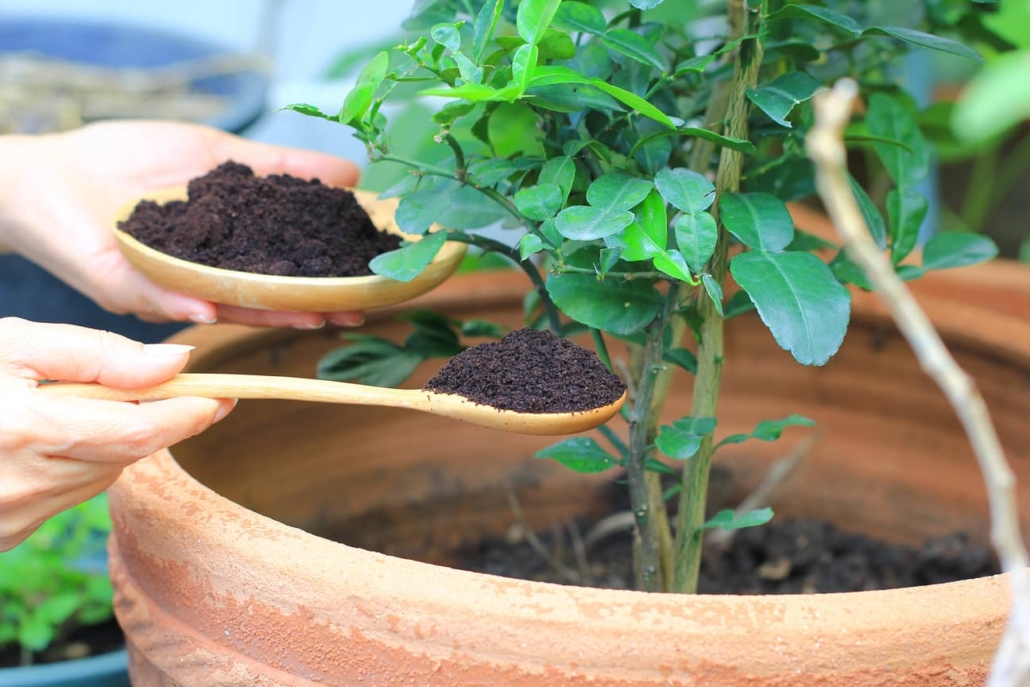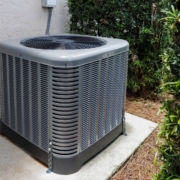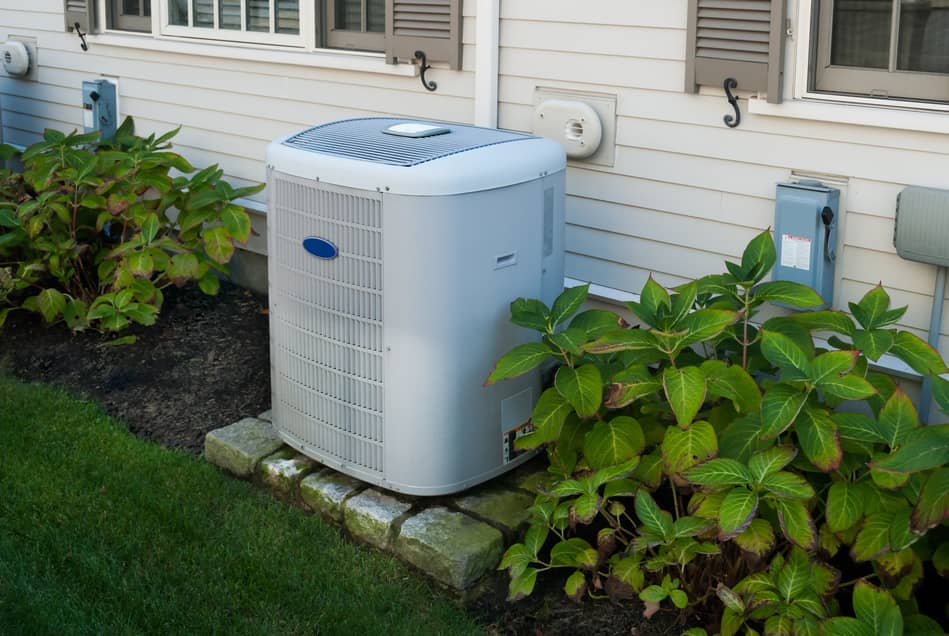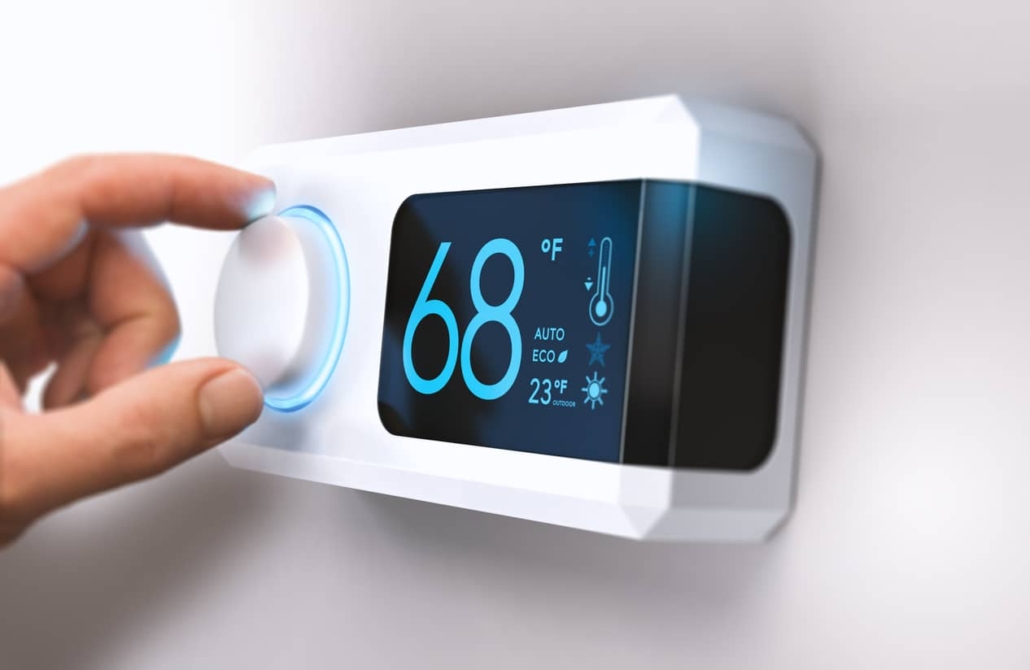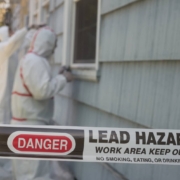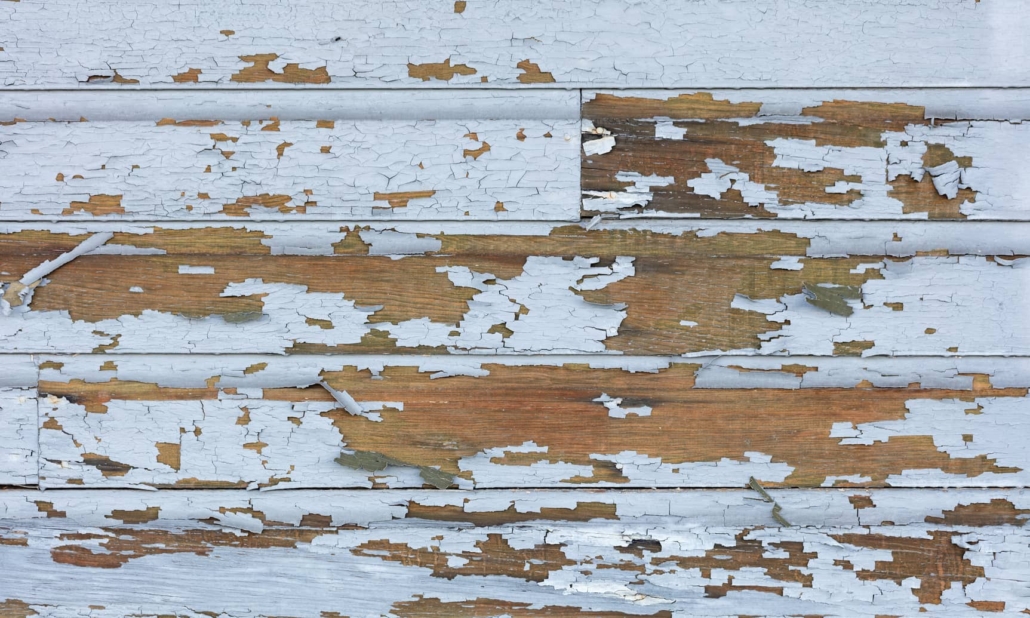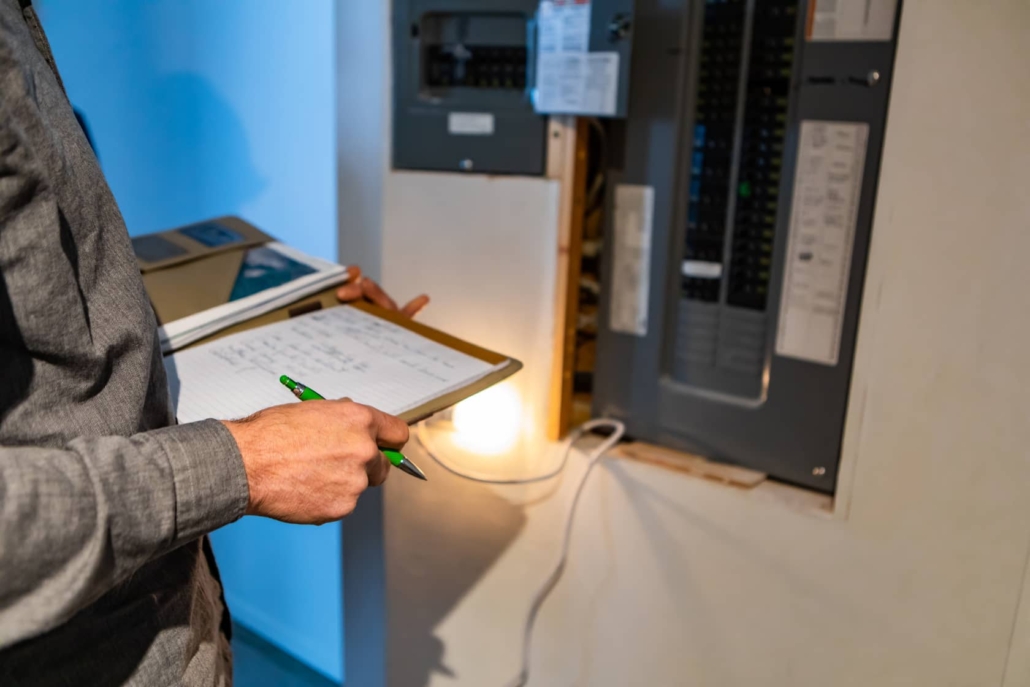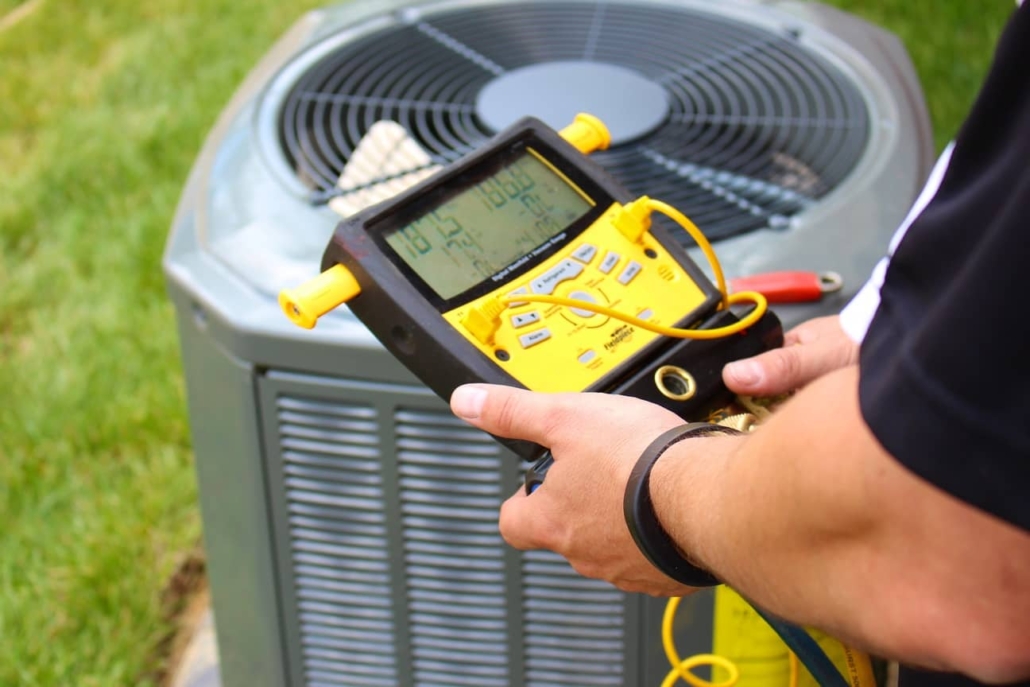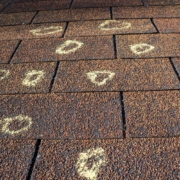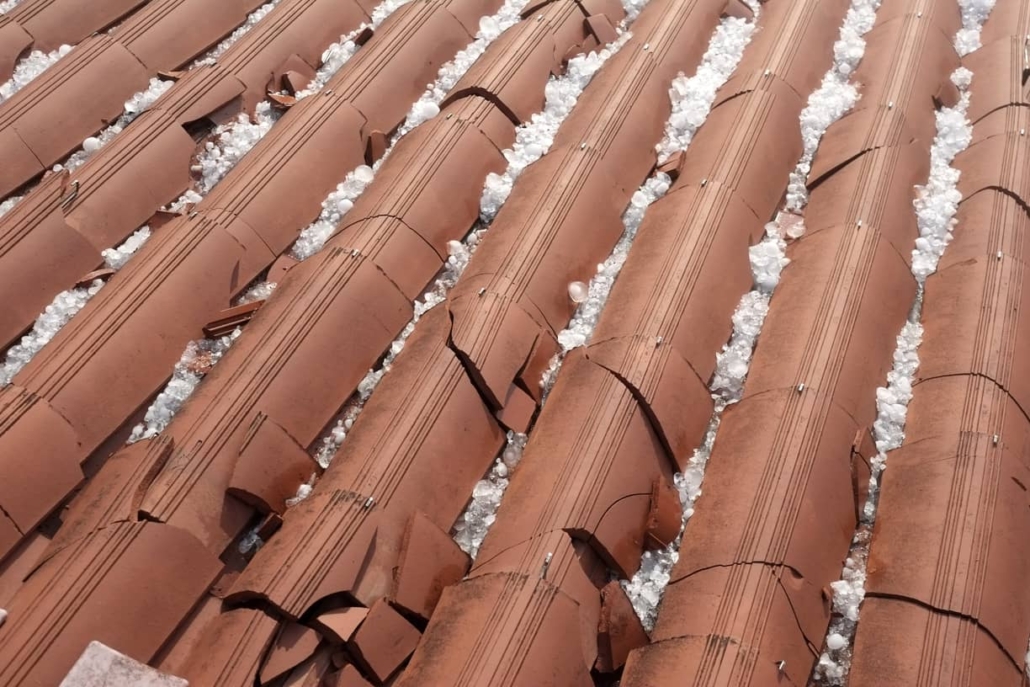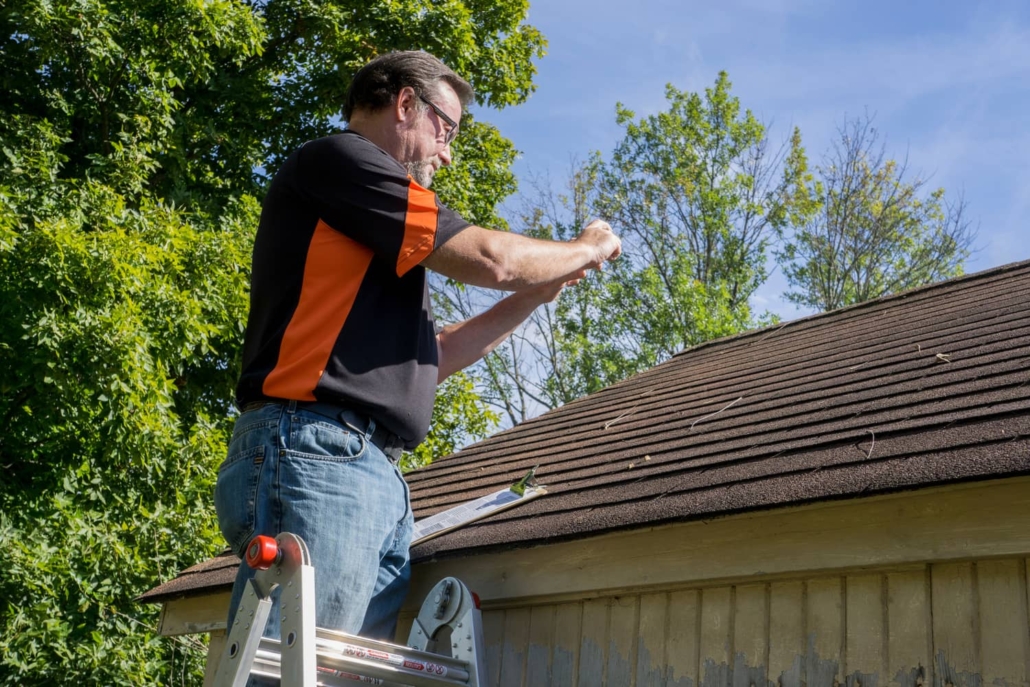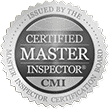How Many Downspouts Do I Need?
Downspouts are crucial components of your home that help prevent water damage. Many homeowners know they’ll need downspouts, but wonder how many their gutter system will need. The ideal downspout configuration depends on several factors like climate, gutter size, roof area, and slope.
This article will explore the rights and wrongs of downspout placement so you can make informed decisions about your home’s water management system. With the help of a professional installer, you can customize your downspouts to fit your roof and protect your home.
What is a Downspout?
Downspouts are vertical drainage pipes that carry rainwater from your gutters down the exterior walls of your home. Also called leaders or conductor pipes, they redirect water away from your home’s foundation. Without effective downspouts, gutters can overflow and lead to flooding, soil erosion, basement leaks, and damage to siding and landscaping. Downspouts are typically made of galvanized steel, copper, aluminum, or plastic. They come in various shapes like round, square, or rectangular.
Strategically placed spouts are crucial for an efficient gutter system. They help prevent rain gutter overflow and guide water at least 5 feet away from your home’s foundation. They also reduce pressure on gutters from pooled water and debris buildup. Investing in properly positioned downspouts protects your biggest asset, saves on costly foundation repairs, and boosts curb appeal.
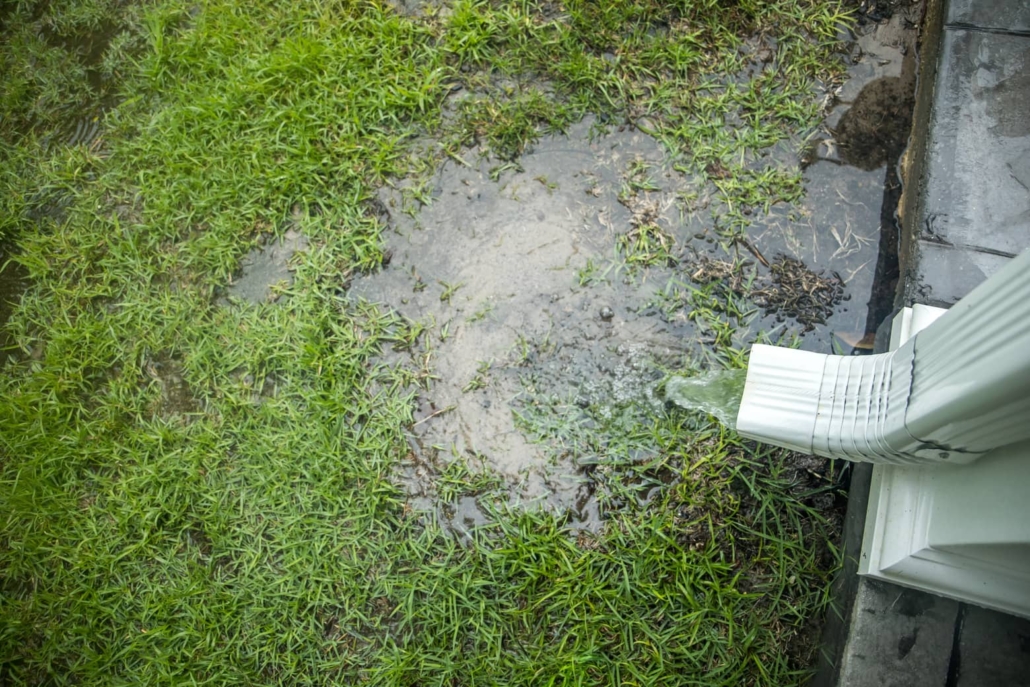
Determining the Ideal Amount
Installing the optimal number of downspouts is crucial for properly managing rainwater and preventing damage to your home. There are several key factors to consider when determining how many downspouts your gutter system requires:
- Roof Square Footage – The total roof area dictates how much rainwater runoff needs to be effectively drained. Larger roofs require more downspouts, while smaller roofs may only need a minimum of 2-3 spaced evenly. Most standard two-story homes between 1500-3000 square feet need at least 4-5.
- Climate and Average Rainfall – Homes in regions with frequent heavy rainfall need more than those in drier climates. Space downspouts closer together at 20-30 foot intervals in wetter regions to handle larger water volumes.
- Gutter Type and Size – Larger box gutters or K-style gutters have greater water capacity than standard half-round gutters. Bigger gutters require fewer downspouts to effectively drain water. Consult your contractor.
- Roof Pitch and Slope – Steeper-angled roofs allow water to run off faster. More gently sloped roofs cause water to drain slower, requiring more spouts to compensate.
Optimal Downspout Placement
Once you’ve determined the ideal number of downspouts needed, proper placement around your home’s perimeter is crucial for optimal performance. Follow these key guidelines when positioning new or existing downspouts:
- Space Evenly Around Entire House – The spouts should be spaced at regular intervals around all sides to prevent overflow. Standard spacing is 30-40 feet apart for most homes.
- At Endpoints of Gutter Runs – Install downspouts at the endpoint of every gutter run to drain all connected sections. Runs over 30 feet should have downspouts at both ends.
- Near Roof Valleys and Inside Corners – Position downspouts at roof valleys or inside corners where water naturally accumulates to prevent heavy concentration.
- Angle Away From Foundation – Direct downspouts at least 5-10 feet away from your foundation depending on yard slope. Use extenders if more distance is required.
- Avoid Outer Corners and Peaked Edges – Don’t place downspouts at vulnerable outer corners or peaked roof edges where wind/rain can detach them.
- Drain Toward Hardscapes – Ideal to direct downspouts toward driveways, patios, or French drains for efficient runoff.
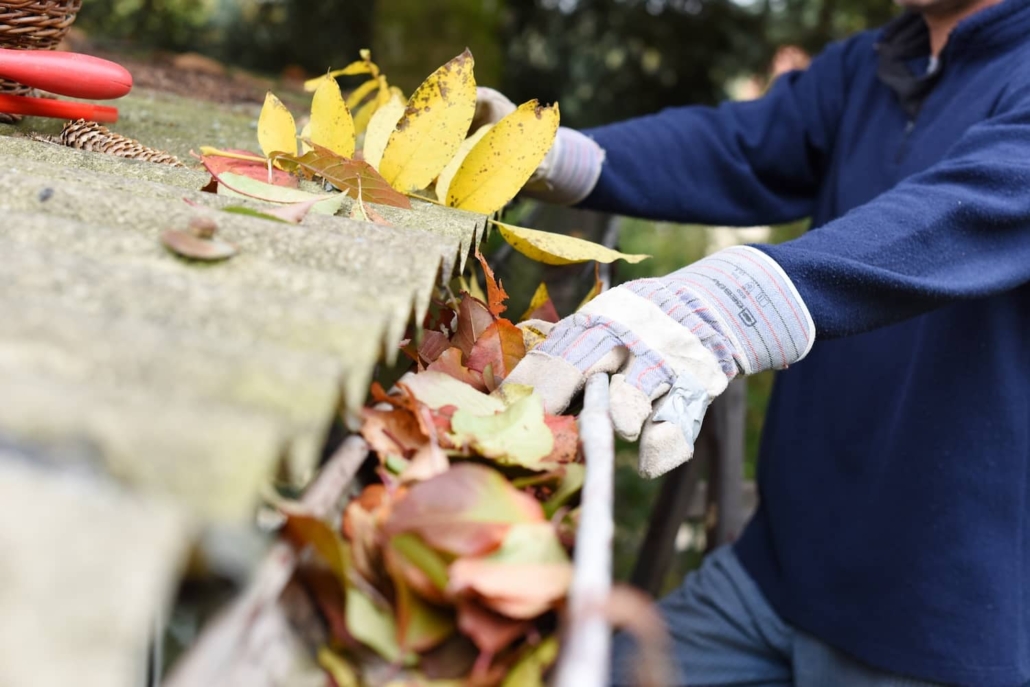
Other Recommended Maintenance
Properly positioning your downspouts is one crucial maintenance task for optimal gutter performance, but it’s not the only one. Here are some other important maintenance tips to help your gutters function efficiently:
Cleaning gutters at least twice per year, and more often if you have overhanging trees, is essential. Pay special attention to removing debris around downspouts so water can flow freely. Installing gutter guards or covers can also minimize debris buildup and reduce cleaning frequency.
Checking for leaky joints or seams is also recommended during cleaning. Reseal any leaky spots to prevent water overflow and damage. Rusty downspouts or gutters may need replacement – consult a pro about spot repairs versus full replacement.
Downspout extenders should drain 5-10 feet or more from your foundation. Check that existing extenders are at a proper angle or install new ones if necessary. Keep the surrounding soil graded so water flows away from your home.
Finally, trimming overgrown trees and shrubs near your roofline helps prevent leaves and debris accumulation in gutters. Maintaining vegetation minimizes falling debris that can clog downspouts.
When to Call a Professional
If you need to install a completely new gutter system, always hire a pro. They have the expertise to determine the optimal gutter type, size and number of downspouts specific to your home’s requirements. Professionals also have the equipment and skills to properly install gutters for maximum effectiveness and longevity.
For existing gutters, call a pro if you notice any signs of damage like peeling paint, rust spots, leaks, or sagging areas. They can assess if spot repairs or full replacement are good ideas. Trying DIY repairs often leads to bigger problems.
If your gutters overflow frequently or you suspect your downspouts are improperly positioned, have an expert evaluate them. They can confirm if realigning downspouts or adding more will improve performance.
To determine how many downspouts your existing gutters need, or where new ones should go, consult a gutter pro. Their years of experience give them an expert eye for optimal downspout placement customized to your home.
For specialty needs like copper gutters, gutter heating cables or custom covers, you’ll need a professional’s expertise. Don’t compromise on quality to save money.
Final Thoughts
Essentially, the positioning and quantity of your home’s downspouts can play a crucial role in effectively managing rainwater runoff. Improperly placed spouts can lead to flooded gutters, water accumulation by the foundation, and damage to siding and landscaping. Determining the ideal number depends on factors like your roof size, climate, gutter type, and pitch.
Once you’ve calculated the right amount, strategic placement around the roof perimeter is key for optimal performance. Spouts should be evenly spaced, located at gutter endpoints, and angled safely away from your home. To get an expert’s eyes on your downspouts or to schedule a complete home inspection, reach out to Inside & Out Property Inspectors in Jacksonville, FL, and surrounding areas.
